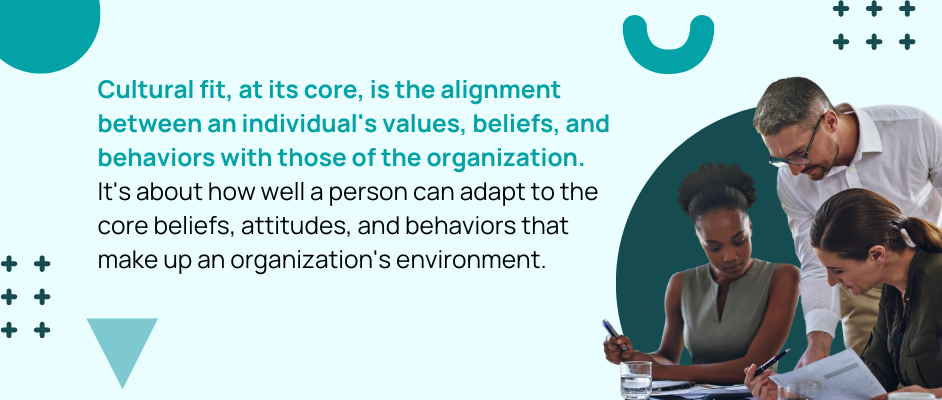Finding the right talent is more crucial than ever. However, the definition of right has evolved beyond just skills and experience. Enter the concept of cultural fit – a factor that can make or break a hire’s success and impact your organization’s overall performance.
As a corporate recruiter, you’re not just filling positions; you’re building your company’s future. Every hire you make shapes your organization’s culture, productivity, and long-term success. This guide is designed to empower you with the knowledge, strategies, and tools to master the art of hiring for cultural fit.
But why focus on cultural fit now?
In an era where remote work is increasingly common, and team dynamics are more important than ever, it is paramount to ensure that new hires align with your company’s values and ways of working. A poor cultural fit can lead to decreased job satisfaction, lower productivity, and higher turnover rates—all of which come at a significant cost to your organization.
Defining Cultural Fit

However, it’s crucial to understand that cultural fit means something other than hiring carbon copies of existing employees. Instead, it’s about finding individuals who can thrive in your organization’s environment while bringing their unique perspectives and experiences to the table.
The Evolution of Cultural Fit in Hiring Practices
The concept of cultural fit has evolved significantly over the years:
- Early Stages: Initially, cultural fit was often misinterpreted as hiring people who were similar in background, interests, or personality to existing team members. This led to homogeneous workplaces and a lack of diversity.
- Recognizing the Pitfalls: As awareness grew about the importance of diversity, companies began to realize that their interpretation of cultural fit was potentially harmful, leading to bias and discrimination.
- Modern Interpretation: Today, cultural fit is understood as alignment with company values and work style rather than personal similarities. It’s about how an individual can contribute to and enhance the existing culture.
- Future Trends: The focus is shifting towards cultural add – valuing candidates who not only fit in but also bring new perspectives that can positively impact the company culture.
Cultural Fit vs. Cultural Add: Striking the Right Balance
While cultural fit remains important, forward-thinking organizations are now also considering cultural add:
Cultural Fit: Ensures new hires can work well within the existing framework and helps maintain a cohesive work environment.
Cultural Add: Bring in fresh perspectives, diverse experiences, and new ways of thinking that can drive innovation and growth.
The key is to strike a balance between the two. Look for candidates who align with your core values and bring unique strengths and perspectives to enrich your organizational culture.
As we’ve explored, cultural fit goes beyond matching personalities—it’s about finding candidates who align with your organization’s values while bringing fresh perspectives to the table. But this is just the tip of the iceberg.
To truly excel in building cohesive, high-performing teams, download our comprehensive guide, “Crafting Cohesive Teams: A Recruiter’s Guide to Hiring for Cultural Alignment.” This in-depth resource delves deeper into strategies for balancing cultural fit with diversity, creating effective assessment tools, and leveraging platforms like HootRecruit to streamline your hiring process.
Whether you’re a seasoned recruiter or new to the field, this guide will equip you with the knowledge and tools to transform your hiring approach and build stronger, more dynamic teams. Don’t miss out on this opportunity to elevate your recruitment strategy—download the full guide today and start shaping the future of your organization.

